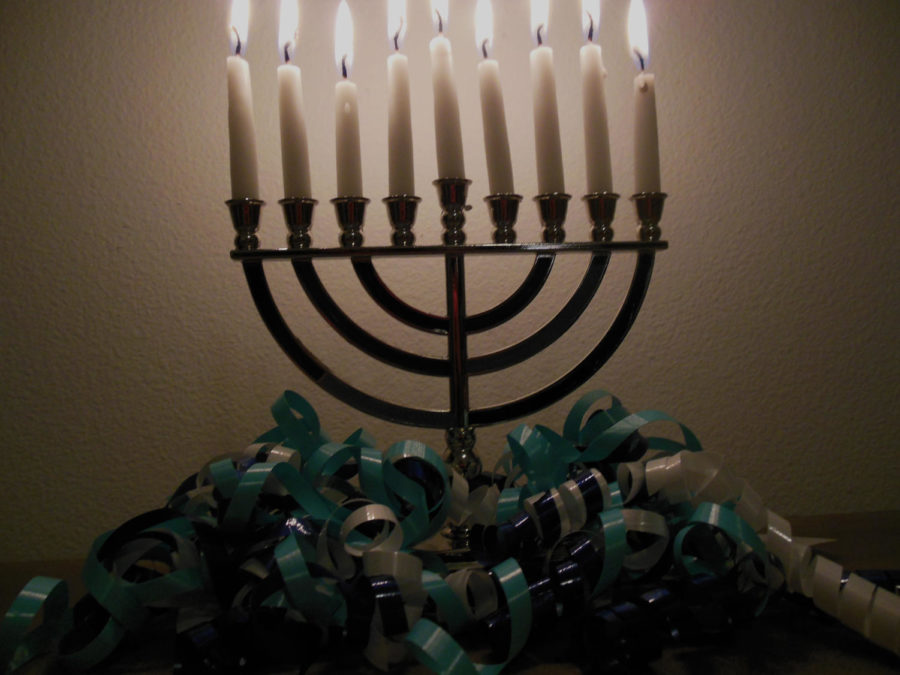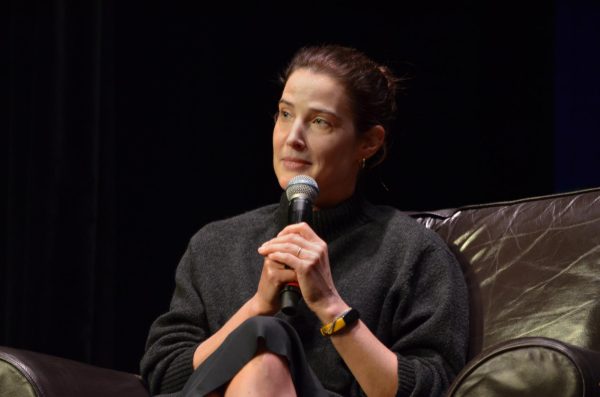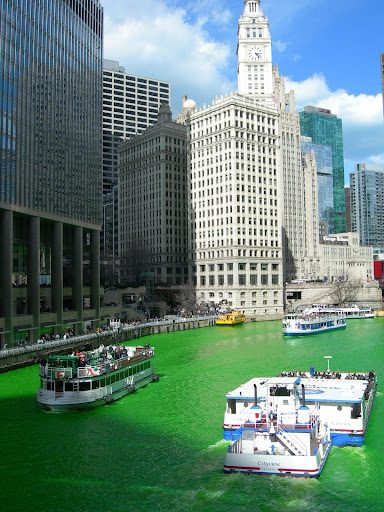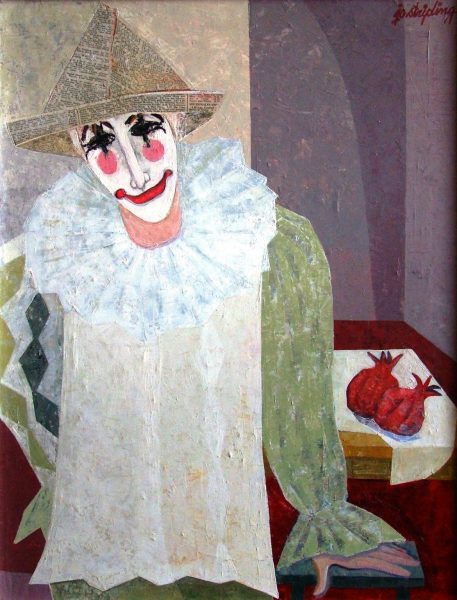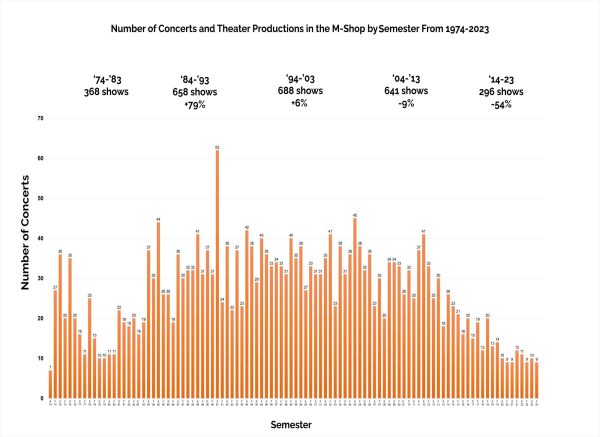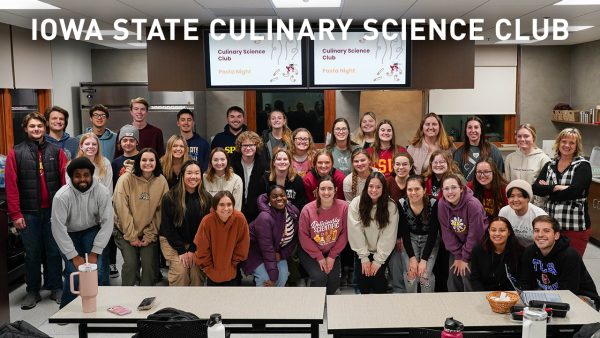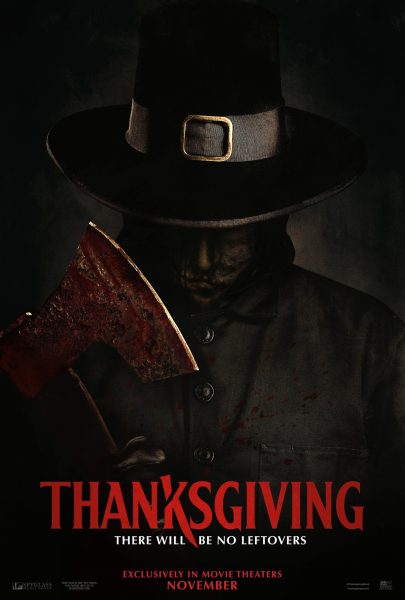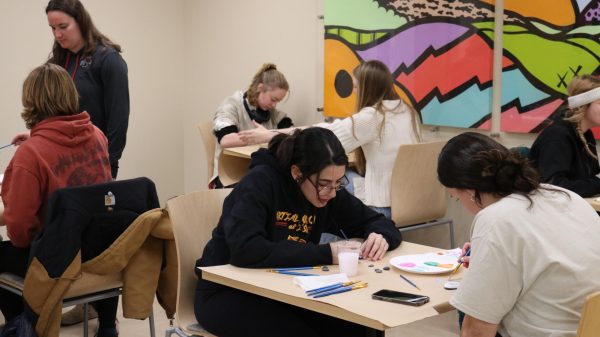The celebration of December holidays
November 18, 2020
Hanukkah, Christmas, Kwanzaa and Pancha Ganapati are a few of the cultural and religious holidays that take place during December every year. Celebrations throughout the winter season look differently for different people and have significance and meaning that are unique to those who celebrate them.
This year, Hanukkah begins on the evening of Dec. 10 and lasts until the evening of Dec. 18. Every Jewish holiday begins the night before because in the Jewish calendar, the night marks the beginning of that day. On each night of Hanukkah, a candle is lit on the menorah.
The story of Hanukkah comes from the takeover of Jerusalem by the Syrian Greeks. During this takeover, the Syrian Greeks banned aspects of Jewish life.
“The High Priest, his five sons and a small band of Jewish people decided to take up arms against the Syrian Greeks,” said Rabbi Leibel Jacobson, a representative of the Chabad organization on campus.
“They had defiled the temple in Jerusalem and [the Jewish people] just decided ‘enough is enough, we’re going to fight for our lives, for our freedom and for our Jewish identity,’” Jacobson said.
After recapturing the temple in Jerusalem, they looked for a way to rekindle the menorah. They could not find any oil to do so since the temple had been defiled. Eventually, by a miracle, they found a small cask of oil that still had the sign and seal from the High Priest on it. They used this to rekindle the menorah.
The small amount of oil in the cask only should have lasted for one day, but the menorah remained lit for eight days, which was how long they needed until they were able to get more oil to the temple. This miracle is represented on Hanukkah by the lighting of the menorah each night for eight nights.
For Hanukkah, it is traditional to eat latkes and donuts. This is a tradition because oil is required to make these since they need to be fried. These are often eaten at Hanukkah parties as well as generic foods, according to Jacobson.
“For the first night of Hanukkah, you actually say three blessings because it is the first time since the year before that you are actually lighting the menorah, but on all the other nights, you actually only say two blessings,” Jacobson said.
If somebody does not light the menorah the first night but they did the second night (or whatever night they started), they would do three blessings on that night since it is still their first time lighting it since last year. There are also songs that are sung after lighting the menorah.
More Hanukkah traditions consist of a custom to give on the fifth night. Hanukkah gelt is given, which is money for charity or to buy things such as Jewish books. This money can also be given to children. Sometimes children receive chocolate coins instead of money.
Another Hanukkah tradition is playing dreidel. It is a top with four sides that contain Hebrew signs for a nun, gimel, hey and shin. This is a game played with money or other things, such as chocolate coins that could have been given as Hanukkah gelt. Leibel shared that dreidel is played on Hanukkah because when the Torah learning was outlawed due to the rules in place by the Syrian Greeks, teachers would bring Jewish people into unpopulated areas, such as in the mountains, to teach them. When Syrian Greek soldiers found them, they would hide their Torah scrolls and take out tops to play with as a cover.
“When lighting the candles, I’m really thinking about my Jewish identity, knowing that it comes from so far back,” Jacobson said. “So it’s reliving then [through] today, knowing that we have that freedom to live our lives in a place and time where we have all that freedom.”
Throughout Hanukkah, Chabad hosts events to celebrate. Due to COVID-19, it makes these events difficult to do as usual. As of right now, they are planning on doing a public menorah lighting at City Hall in Ames. According to Jacobson, he is not sure if City Hall will let Chabad do this during COVID-19, but that is currently the plan.
Jacobson shares that Hanukkah’s message is not just for Jewish people, but it is a message for all people.
“[The message is] to bring light, warmth and festivity into the world,” Jacobson said. “Each person with their own unique ability has the responsibility and mission to add light, warmth and hope into the world.”
Kwanzaa begins Dec. 26 and ends Jan. 1. According to the official Kwanzaa website, Kwanzaa is an African-American and pan-African holiday that celebrates family, community and culture. It was created in 1966 by Maulana Karenga, a professor of Africana Studies. Kwanzaa is a seven-day-long cultural festival that joins communitarian values and practices of continental-African and African-American culture.
There are seven basic symbols and two supplemental symbols for Kwanzaa. The first basic symbol is Mazao (The Crops), which represents African harvest celebrations and the rewards of productive and collective labor. The second is Mkeka (The Mat), which represents tradition and history. Then, Kinara (The Candle Holder) represents continental Africans. Muhindi (The Corn) represents children and the future. Kikombe cha Umoja (The Unity Cup) represents the practice of unity. Mishumaa Saba (The Seven Candles) represent The Seven Principles, as stated previously. Lastly, Zawadi (The Gifts) represent the labor and love of parents and the commitments made by children.
The two supplemental symbols for Kwanzaa are Bendera (The Flag) and the Nguzo Saba poster. The flag has the three Kwanzaa colors, and the poster displays The Seven Principles.
The colors and The Seven Principles are represented in the candles, according to the Official Kwanzaa website.
“The colors of Kwanzaa are black, red and green: black for the people, red for their struggle and green for the future and hope that comes from their struggle,” according to the website. “Therefore, there is one black candle, three red and three green candles. These are the mishumaa saba (the seven candles) and they represent The Seven Principles.”
The Seven Principles are Umoja (unity), Kujichagulia (self-determination), Ujamaa (cooperative economics), Kuumba (creativity), Ujima (collective work and responsibility), Nia (purpose) and Imani (faith). The black candle is placed in the center of the kinara, the red candles are placed to the left and the green candles are to the right.
“The black candle is lit first on the first day of the celebration,” according to the website. “And the remaining candles are lit afterwards from left to right on the following days. This procedure is to indicate that the people come first, then the struggle and then the hope that comes from the struggle.”
Christmas is Dec. 25, and it is meant to celebrate the birth of Jesus, according to Spencer Haugen, a senior in kinesiology and health and the president of Students for Salt. Christianity is focused on following the life, death and teachings of Jesus.
“There is a huge emphasis on the death and resurrection of Jesus, and all of that can’t happen without his birth,” Haugen said.
He also adds that throughout the Old Testament, people are searching for the Messiah, so the day Jesus was born is celebrated to commemorate the beginning of his life.
Many people celebrate Christmas by going to church on Christmas Eve or Christmas Day. Additionally, Christian people gather with their family and friends. This gathering often includes gift giving.
“My family and I, we always watch the movie ‘The Nativity,’” Haugen said. “It is a live-action retelling of the story of Mary and Joseph as they’re progressing through their lives, and all of a sudden, it gets flipped upside down and they go on this crazy journey.”
Haugen’s family also celebrates by driving around to look at Christmas lights at night, and they open presents on Christmas morning. The cross, the nativity scene and Santa are all symbols associated with Christmas. Haugen shares that while Santa is largely commercialized, it is still a very fun tradition.
“[Santa] kind of helps to bridge the gap between someone who isn’t celebrating [Christmas] for a religious reason and someone who is celebrating it for a religious reason,” Haugen said. “[Santa] kind of gives them common joy for the same reason around the holiday season.”
Pancha Ganapati is a festival that lasts five days and falls Dec. 21 through Dec. 25 this year. It is a Hindu holiday that celebrates a season of worship and gift giving. According to the Saivite Tamil Foundation, Pancha Ganapati is a contemporary home observance where a shrine is made in the main living room of the home. This shrine is displayed in the home for all five days of the holiday. This shrine is supposed to represent a new beginning and a mending of mistakes in the past.
“At the center of the shrine is placed a large wooden or bronze five-faced statue of Lord Pancha Ganapati,” according to the website. “If this is not available, any large picture of Lord Ganesa will do.”
Each day, Pancha Ganapati is to be dressed in a different color. This is typically done by children. On Dec. 21, he is to be dressed in a golden yellow. On Dec. 22, he is to be changed into a royal blue. Then, the colors ruby red, emerald green and orange follow on each respective day.
According to the Saivite Tamil Foundation, Pancha Ganapati is a joyous time for the family and should include outings, picnics, holiday feasts and the exchange of cards and gifts with relatives, friends and business associates. Children are also given gifts each day, which they place in front of Pancha Ganapati to be blessed by him, but the gifts are not opened until the fifth day.
This year, there are no Islamic holidays that fall during the month of December.
These four holidays that take place this December represent a vast amount of people, cultures and religions, yet they still have similarities. They all have an emphasis on spending time with family and friends as well as celebrating each other and their cultures. Though religious and cultural celebrations might look a little different this year, it is important to remember the significance of this season and what it means for different people.

